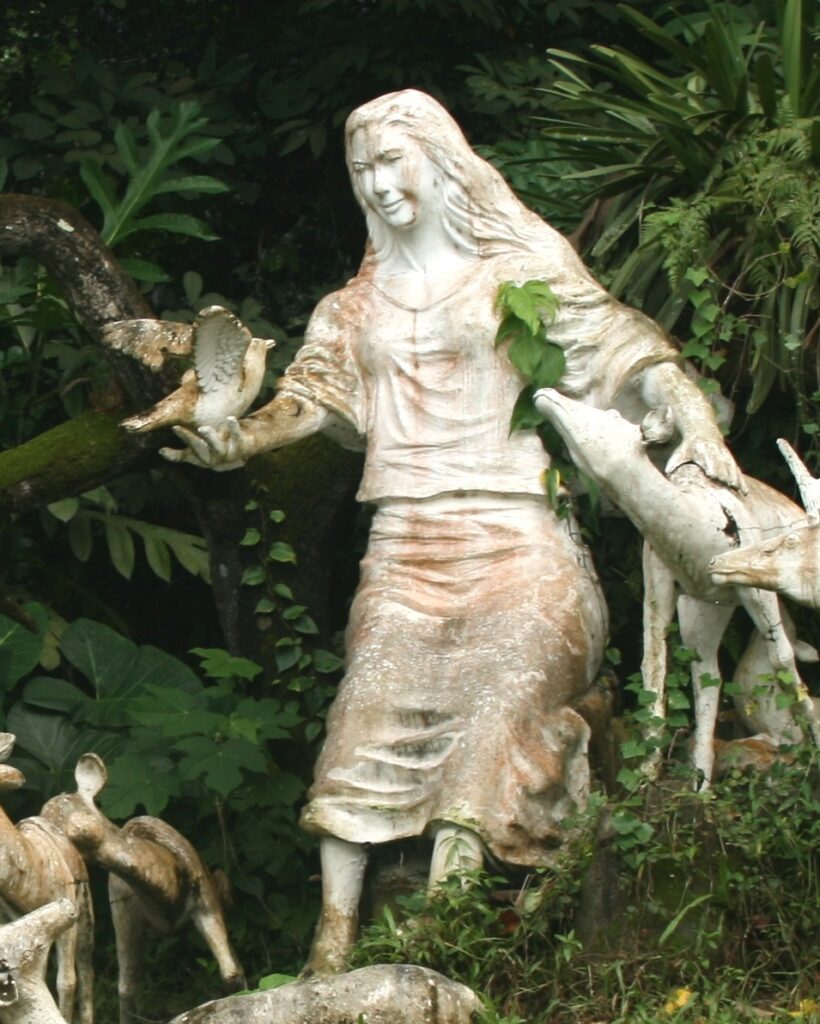by Anne Carly Abad

Webbed lines of electricity flitted across the Motherlode’s network of metal neurons. Evan thought it funny that despite all the rage about Live Vision, they were still using thumb drives to upload shows to Mother. He let his thoughts fly and tuned in to the broadcast, just to make sure the sound and video were good. The actors’ faces were clear. Volume was just right. No lag.
Okay, done. And he disconnected himself. The images dissipated into thin air. He handed back the thumb drive to Maia. He tried not to look at her face.
Maia took it from him, flinching at an accidental brush of their fingers. Their hearts raced in synch. I’m sorry! She apologized again, and again, and again, but never met his eyes. It was a mere touch. She didn’t need to act so guilty about it, thought Evan.
What’s wrong? Want to talk about it?
Continue reading



